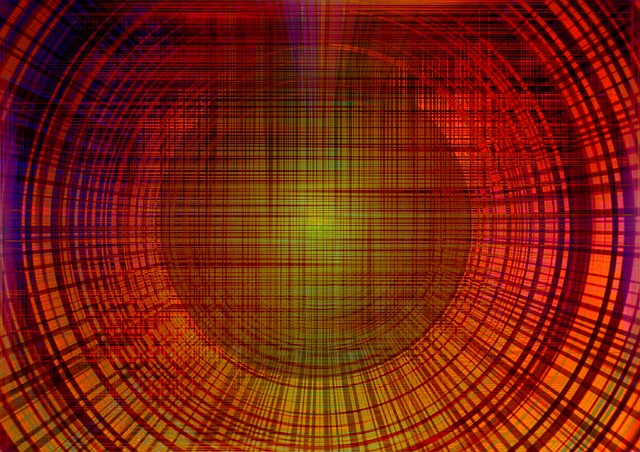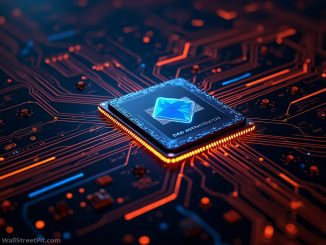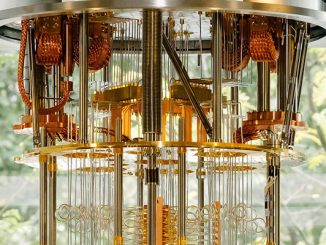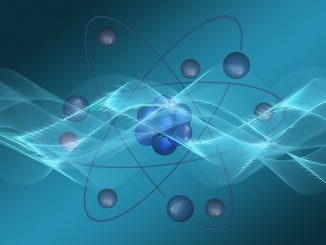
Quantum computers are already making their way in the twenty-first century based on the assumption that they can process the most complex activities with an ease as compared to traditional computers. The system, which makes direct use of quantum-mechanical phenomena, is a type of supercomputer that can solve problems that typically requires time and effort in just a snap. It is also faster than other existing supercomputers by more than three thousand six hundred times (3600) and one hundred million times (100,000,000) faster than the regular personal computers. But what if these computers can still be more powerful and can still be faster? Imagine how fast and how many multiple complex problems it can solve all at once.
Researchers from the University of Tokyo published last week a research paper in Physical Review Letters that talked about making these already amazing machines faster and more powerful. Akira Furusawa and Shuntaro Takeda wrote their approach to quantum computing to allow existing quantum computers perform faster. The new method featured an optical quantum computing system that Furusawa devised back in 2013 which runs light particles/photons as quantum bits or what is more commonly called as qubits.
The machine that Furusawa devised measured 6.3 square meters or 67 square feet which can handle a single pulse of light. Instead of connecting several large units together which is costly and requires a lot of effort or upgrading its system hardware to make it faster, the researchers used a loop circuit to accommodate multiple pulses of light that carry information. These pulses have the ability to go around the circuit in an indefinite manner which in turn allows the circuit to handle multiple tasks by switching the light pulses through manipulation.
To differentiate qubits from the traditional binary bits, the former takes form in as a zero, a one, or both while the latter can only be either a zero or one. Although this makes quantum computers perform computations faster than personal computers, existing quantum computing models can only manipulate a small number of qubits. Typical quantum computer models can only handle 12 qubits and the maximum qubits ever manipulated was introduced by a team of Russian researchers which amounted to 51 qubits.
The Japanese researchers believe that one of their circuits is capable of processing, get this, a million qubits. However, they are still in the process of translating their theory into reality. According to The Japan Times, Furusawa said: “We’ll start work to develop the hardware, now that we’ve resolved all problems except how to make a scheme that automatically corrects a calculation error.” It goes without saying that this possible breakthrough could help solve many great problems of today which include medical research, transportation, electronics, and the economy in general.
- Bulenox: Get 45% to 91% OFF ... Use Discount Code: UNO
- Risk Our Money Not Yours | Get 50% to 90% OFF ... Use Discount Code: MMBVBKSM
Disclaimer: This page contains affiliate links. If you choose to make a purchase after clicking a link, we may receive a commission at no additional cost to you. Thank you for your support!




Leave a Reply